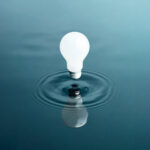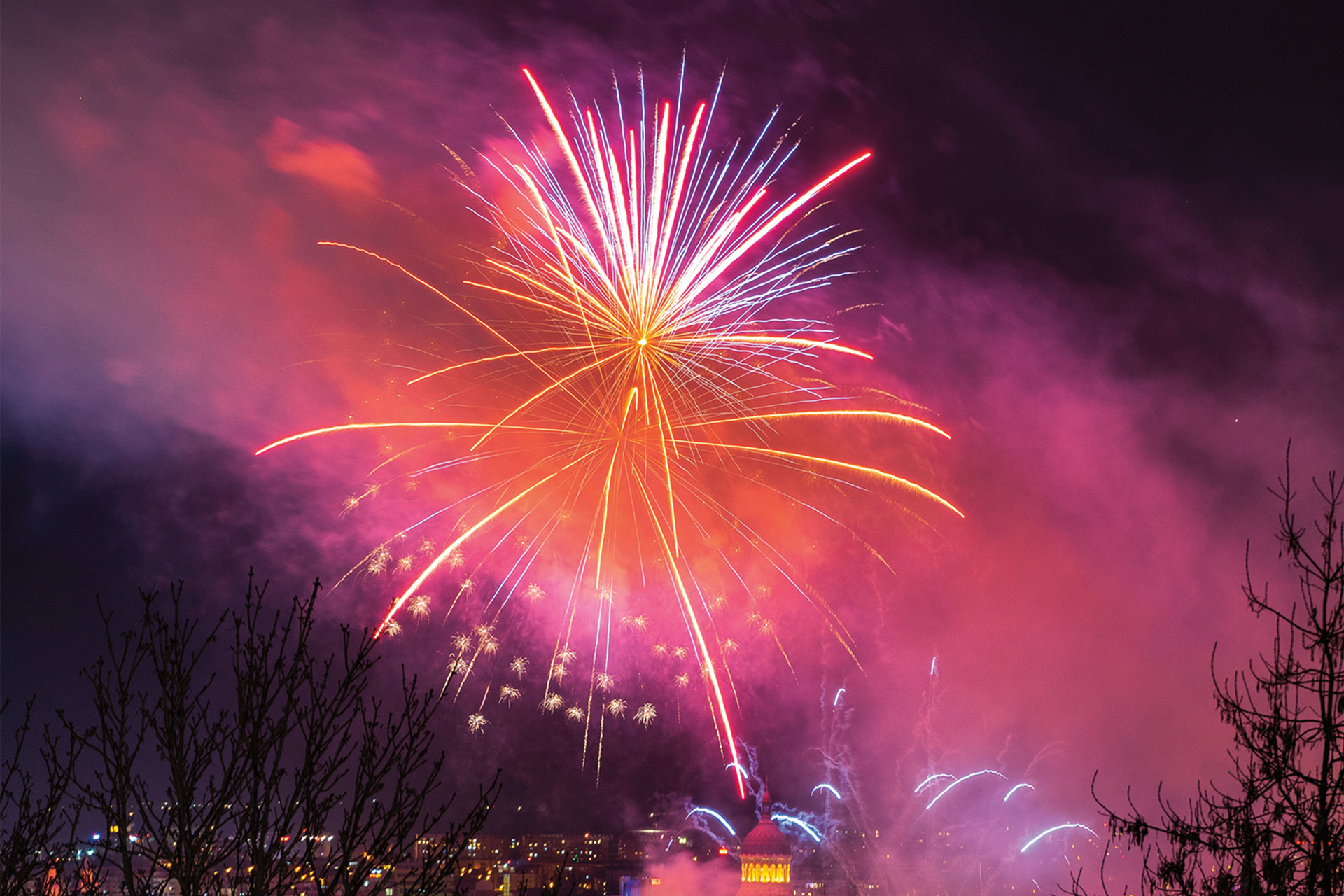Just when you thought you could head indoors to be safe from the air pollution that periodically plagues the Salt Lake Valley, new research shows that elevated air pollution events, like horror movie villains, claw their way into indoor spaces.
In a long-term study in a Salt Lake-area building, researchers found that the amount of air pollution that comes indoors depends on the type of outdoor pollution. Wildfires, fireworks, and wintertime inversions all affect indoor air to different degrees, says study co-author Daniel Mendoza, a research assistant professor of atmospheric sciences.
“We all know about the inversions,” Mendoza says. “We all know how large of a problem wildfires are. But do we really know what happens when we’re inside?”
During a wintertime inversion event, the pollution levels inside were about 30 percent of what they were outside. And in late August 2018, when three active wildfires were burning in California, indoor air pollution rose to about 78 percent of outside pollution levels. “For nearly 48 hours,” the researchers wrote, “indoor air quality reached levels considered problematic for health-compromised populations and nearly reached levels considered unsafe for all populations.”
The smoke from fireworks is somewhere between inversion pollution and wildfires. It contains primary smoke particles as well as the gases that can combine to produce secondary particulates, which can come from the chemicals used to produce fireworks’ bright colors. On the night of July 4, 2018, air quality sharply deteriorated once fireworks shows began and stayed in the red range, with spikes into the purple “very unhealthy” range, for about three hours. Indoor air quality reached orange levels, registering about 30 percent of the outdoor air pollution.




Comments
Comments are moderated, so there may be a slight delay. Those that are off-topic or deemed inappropriate may not be posted. Your email address will not be published. Required fields are marked with an asterisk (*).